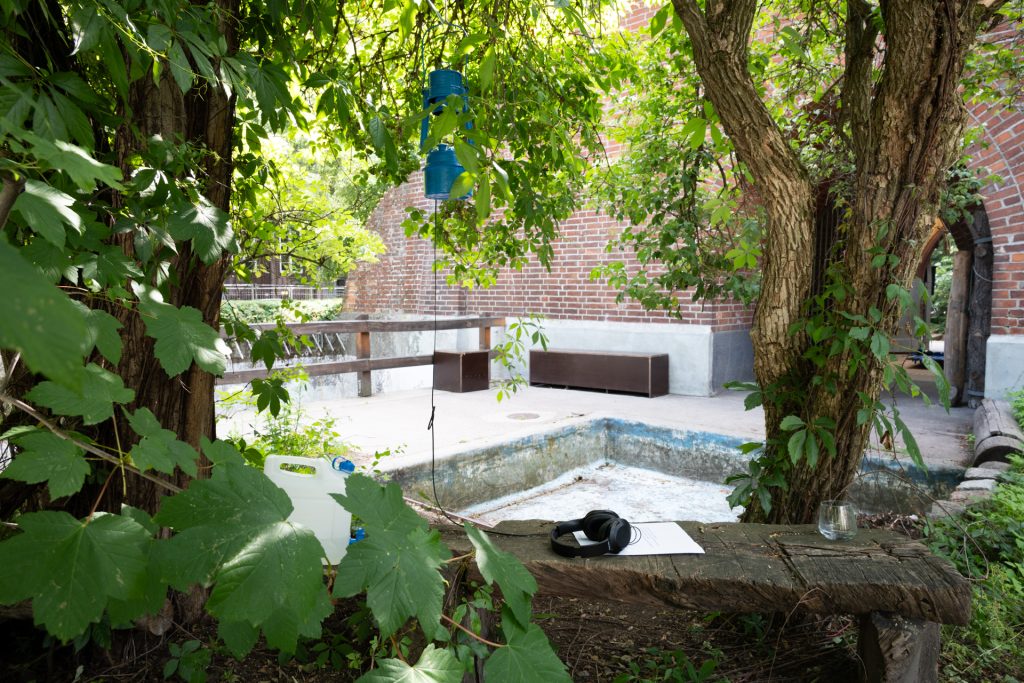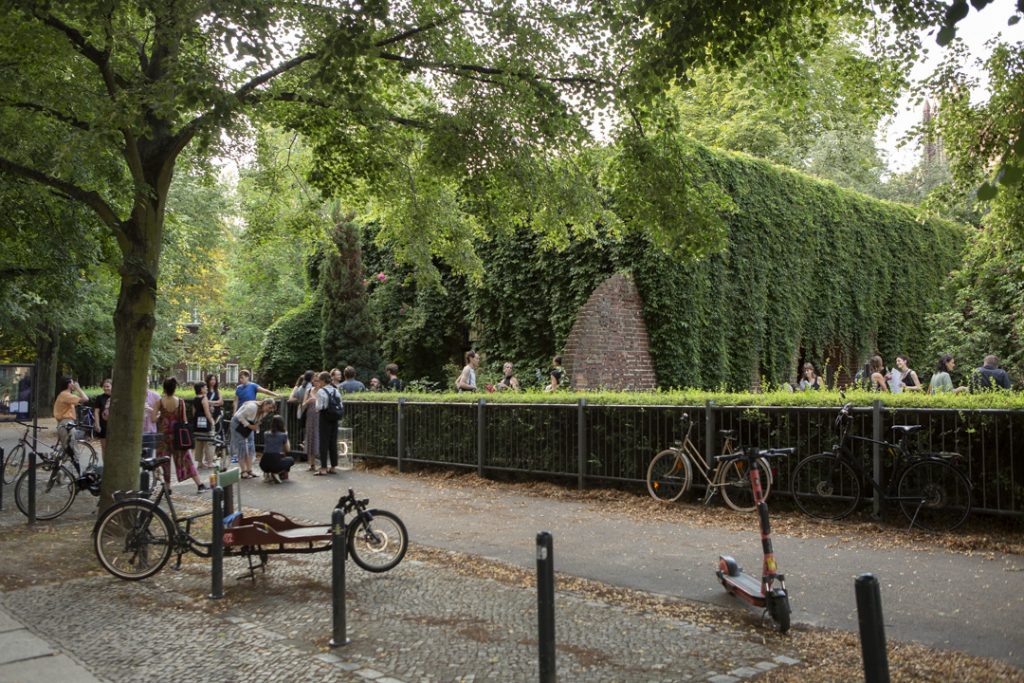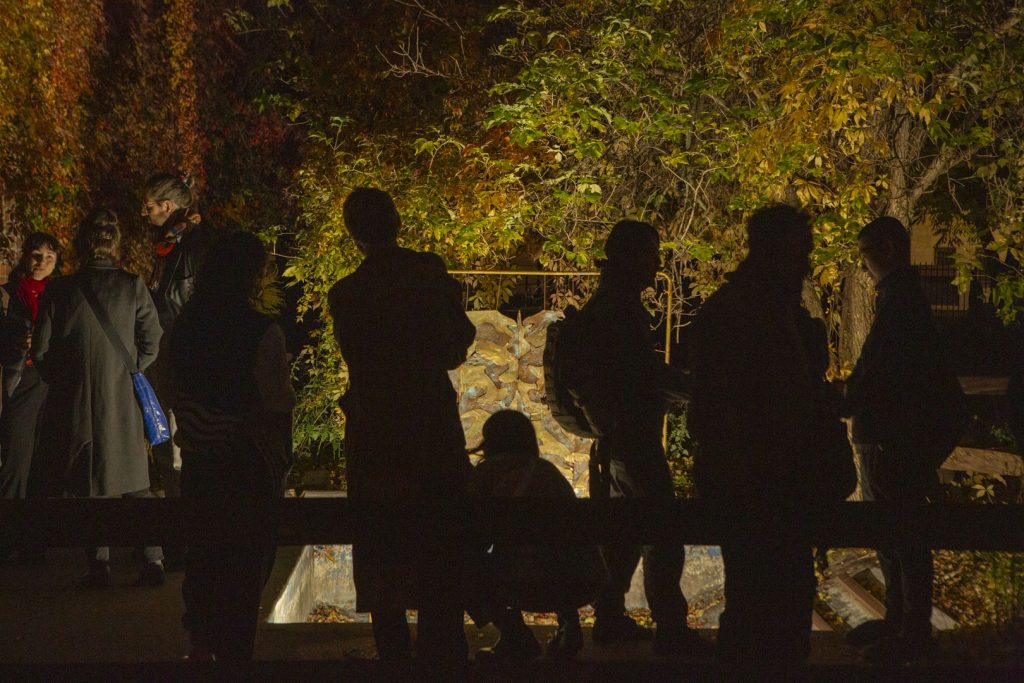Bärenzwinger






Bärenzwinger, located in Köllnischer Park, still bears numerous traces of its past use as the long-standing domicile of Berlin’s heraldic animals. Artists and scientists are invited to respond to the site in site-specific interventions and spatial installations. By means of workshops and events, Bärenzwinger creates and mediates links between cultural urban design, Berlin history and contemporary art. In this way, Bärenzwinger, alongside Klosterruine Berlin, has become one of the “most exciting places for contemporary art” (Kunstforum 2020).
Bärenzwinger
The curatorial programme is composed by a changing team of research assistants from the Department of Art, Culture and History. The exhibitions and events are dedicated to a variety of forms and formats and explore the potential of the site for artistic positions. In 2017, after almost two years of vacancy, the department became responsible for this cultural monument that has developed into an urban attraction with a high level of recognition and appeal. Bärenzwinger has an immense effect on Berlin citizens with regard to the formation of identity. It is therefore of exemplary value for the future of urban design of the area of the northern Luisenstadt and the nearby historical centre of Berlin. Bärenzwinger is in this sense regarded as a public space for learning and teaching as well as a platform for urban culture.
Address
Contact
Opening Hours
Mo-Sun, 11am-7pm

